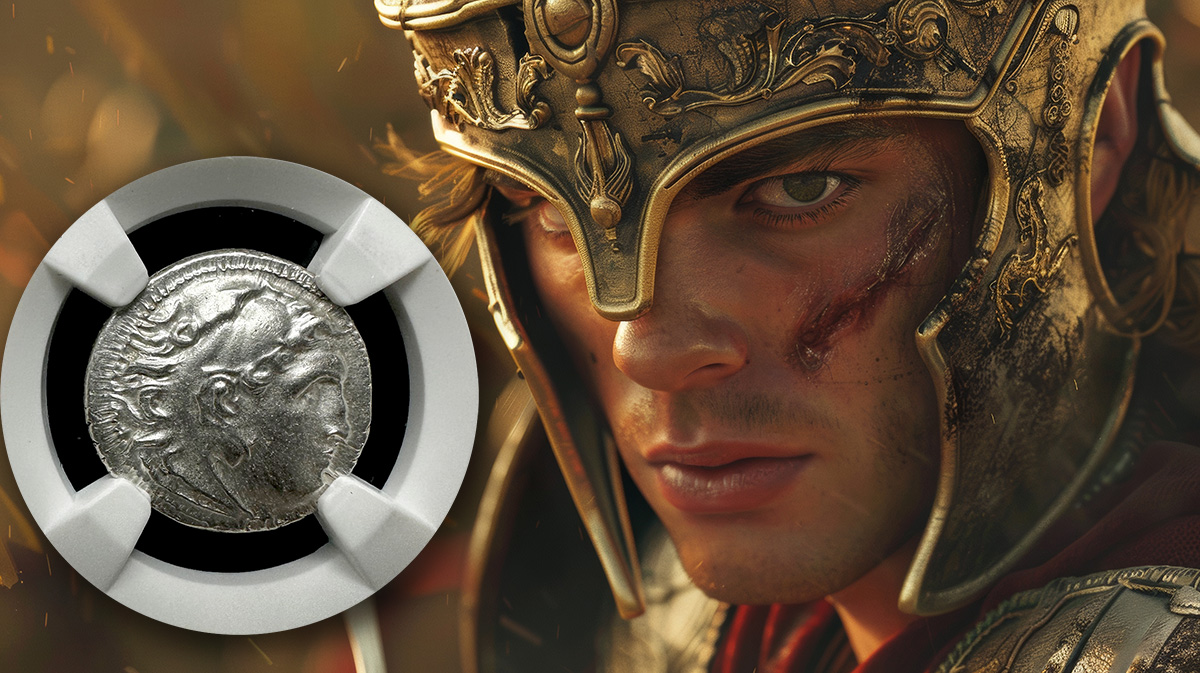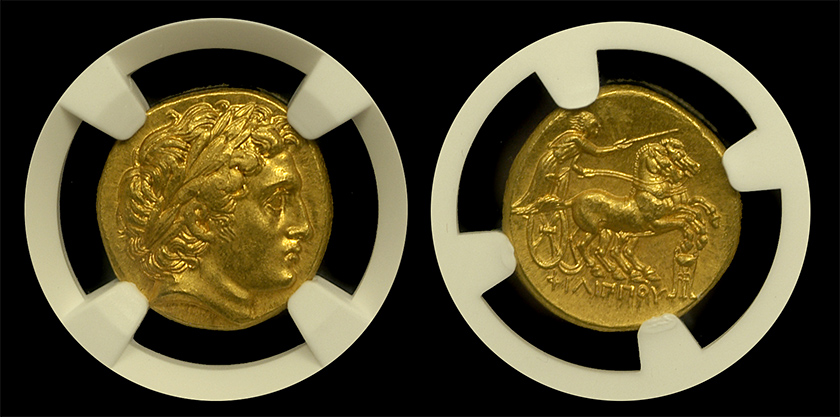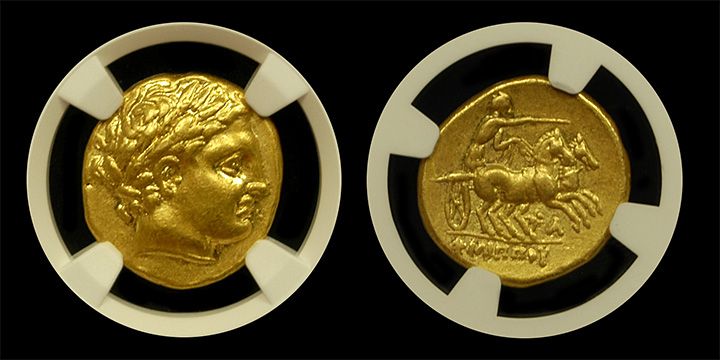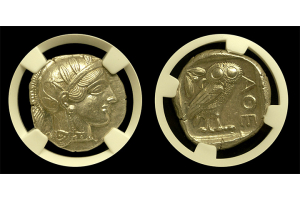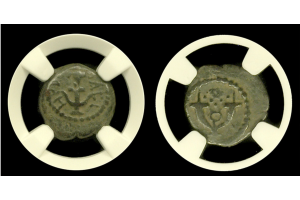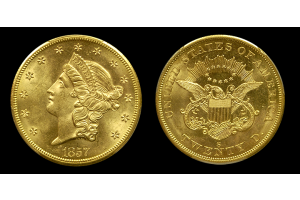Macedonian Empire
- Posted: April 10, 2025Read more »
Conquering Minds
Alexander the Great didn’t just conquer territories. He conquered minds. Furthermore, he used gold to do it.
His armies stretched from Greece to the edge of India. But his influence traveled even farther, thanks to his coins.
These weren’t just currency—they were propaganda. Indeed, they spread his image, ideals, and imperial message everywhere they circulated. They became Alexander the Great's Legacy in Gold!
The Power of a Portrait
- Posted: March 07, 2025Read more »
A Rising Star in the Macedonian Empire
Lysimachus: Warrior Turned King was born around 360 BC in Thessaly, a region known for its fierce warriors. He came from a noble family and was trained in the art of war from a young age. With discipline and skill, he quickly gained recognition in the Macedonian military ranks. As a young man, he caught the attention of King Philip II of Macedon, who saw potential in his strength and leadership.
When Philip was assassinated in 336 BC, his son, Alexander III—later known as Alexander the Great—took the throne. Already an established warrior, Lysimachus became one of Alexander’s trusted bodyguards. This elite group, known as the Somatophylakes, protected the king in battle and served as his closest advisors. This position not only gave Lysimachus direct access to Alexander but also allowed him to witness some of the greatest
- Posted: September 14, 2024Read more »
Early Life and the Division of the Empire
Philip II of Macedonia, the father of Alexander the Great, was one of the most influential figures in ancient history. His rise to power reshaped the region, and his leadership laid the foundation for a powerful Macedonian state. This blog will explore how he came to power, his key accomplishments, the challenges Macedonia faced during his reign, what eventually happened to him, and how he is remembered today.
How Philip II Came to Power
Born in 382 BC, Philip II was the youngest son of King Amyntas III. Political chaos shaped his early life as Macedonia faced external threats and internal instability. After the death of his brother, King
- Posted: March 21, 2023Read more »
In the early 4th century BC Philip II's standardized coinage system of Macedon was established throughout his kingdom. His coins quickly became one of the most coveted coins in the ancient world. One of Philip II's most notable achievements is his standardized coinage system. Additionally, he was also known as a skilled strategist and military leader. Furthermore, through a series of successful military campaigns, Philip II expanded Macedonian territory.
The Philip II Gold Stater was a symbol of wealth and power. In short, it was a testament to the artistry and precision crafted by skilled Greek minters. The coin's weight and measurements ensured its value. Meanwhile, It made it useful for everyday purchases and large-scale military expenses.
Portrait of Alexander himself
- Posted: March 30, 2021Read more »
Various regions of ancient Greece utilized Staters as coinage. Importantly, in the beginning most of them were made of silver. However, it was ancient Macedonian Empire that first started using Gold Staters. The best known ancient Macedonian Empire Gold Stater was the one from King Philip II of Macedon—340 BC.
It is hard to believe that these coins were struck by hand. Moreover, how could such a beautiful coin be created over 2,400 years ago? Each coin was a hand made example of ancient art. It is no wonder that some of these coins are still considered the most beautiful coins ever made. They were minted in Pella, Macedonia, most importantly known as the birthplace of both King Philip II and his son Alexander the Great.
Philip will always be remembered in history as a brilliant military leader. His victories actually help to shape





